The safest ways to reheat food and drink in the microwave
We reveal exactly which foods and drinks are safe to reheat in the microwave and how to reheat them too; including tea, coffee and popular takeaways...
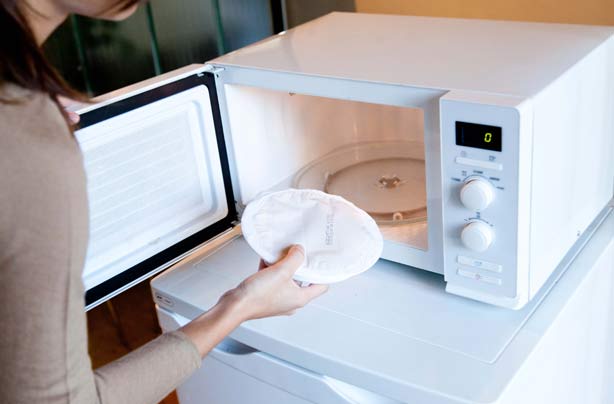

Wondering what's the best way to reheat the rice you have leftover from last night's dinner? How about the lukewarm cup of tea you just made but never got round to drinking straight away?
According to the Food Standards Agency, reheated food shouldn't be warmed up, but should be piping hot all the way through in order for it to be safe to eat or drink.
One main rule to follow is that you should never reheat food more than once as you lose quality and flavour, plus reheating over and over can cause bacteria growth.
The FSA also state the importance of following the food manufacturer's instructions, including advice on letting food stand and stirring food, 'Standing and stirring are part of the process of cooking/reheating in a microwave and help to make sure that food is the same temperature all the way through.'
But which food and drinks are you able to reheat and how is it best to reheat them in the microwave? We reveal all...
Drinks
How to reheat tea and coffee
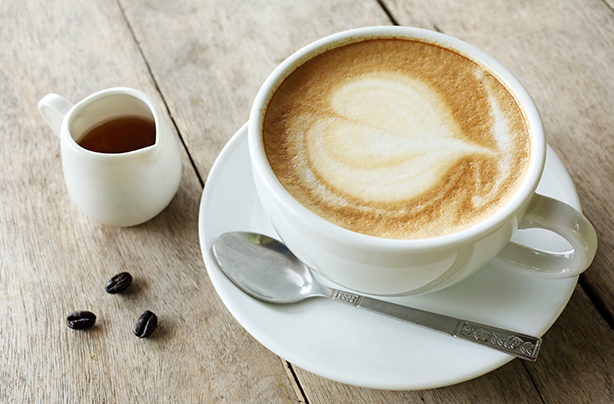
This doesn't seem like an obvious one to reheat but it can be done. The main rule to follow would be to reheat your drink in a cup or mug. If you've bought the drink from your local cafe, do not reheat in the plastic or paper cup container.
Most paper cups are lined with polyethylene (PE) plastic and according to Dr Laura Vandenberg, assistant professor at the University of Massachusetts Amherst, 'Studies suggest that PE plastics have oestrogenic activity when heated.' This means it mimics oestrogen in your body, which could increase the risk of breast cancer and diabetes. So if you do need to reheat it make sure you put your drink in a mug before you do it.
GoodtoKnow Newsletter
Parenting advice, hot topics, best buys and family finance tips delivered straight to your inbox.
How to reheat milk
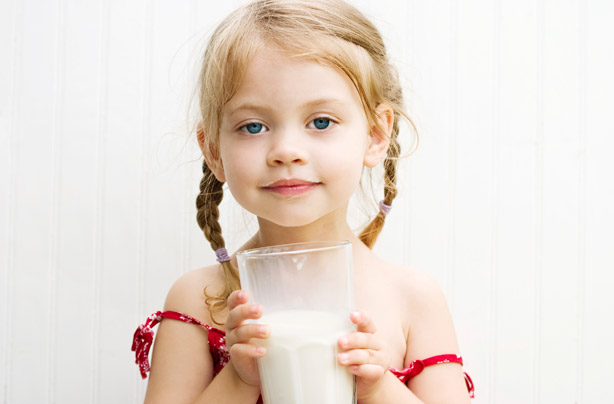
Milk should be placed into a microwavable container or mug and heated at a medium temperature. It should be stirred every 15 seconds until steam starts to come off the milk - this will stop a skin from forming on top.
Never reheat or heat up baby or breast milk in the microwave. Instead, place some water in a jug, and place in the microwave for 1-2 minutes. You can then place the bottle in the jug until it's warm.
How to reheat food
How to reheat fish
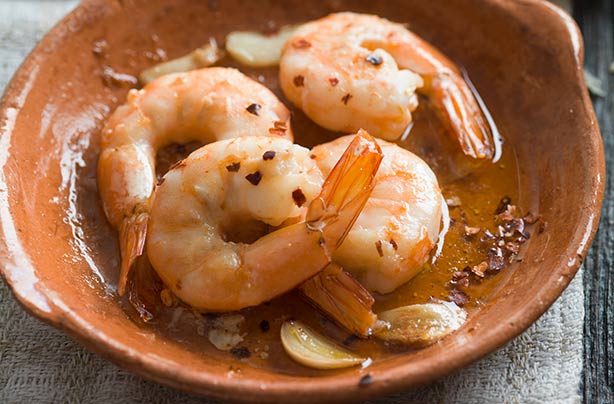
Reheating fish, like prawns, can be an easy way to catch food poisoning, but if you reheat it in the right way then you can safely avoid this.
If you have any leftover fish from your dinner or lunch, make sure you cool it down and place it in the fridge two hours after cooking and eat it within three days of cooking. When reheating fish, especially shellfish, make sure it's done at an internal temperature of 165F or 74C, as this will kill the pathogens (microorganisms which can cause disease) found in it.
How to reheat rice
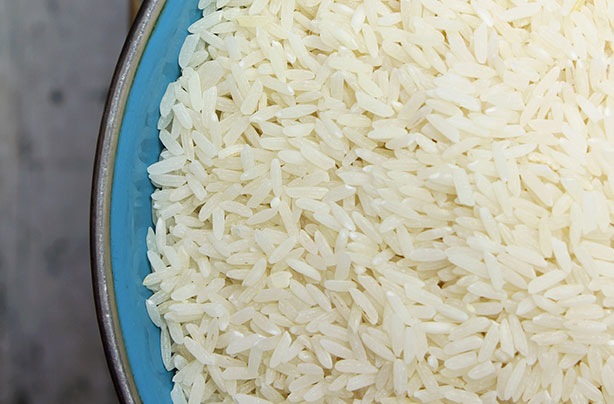
With rice, it's all about how careful you are when preparing it. Uncooked rice contains spores of bacteria, which can cause food poisoning. Once the rice is cooked the spores survive, but multiply if left at room temperature for too long.
This is why it's best to eat cooked rice straight away, or put into a fridge once cooled. If you need to reheat it make sure it's no more than a day old and piping hot the whole way through.
How to reheat potatoes
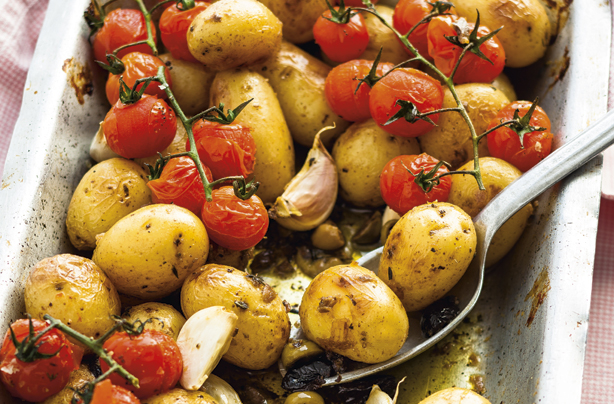
If you're looking to reheat potatoes don't leave them unrefrigerated for too long. If they're left too long at room temperature then they may grow botulism - a serious cause of food poisoning.
Make sure they're placed in the fridge as soon as they've cooled and again, reheat in the microwave as soon as you can until piping hot.
How to reheat chicken
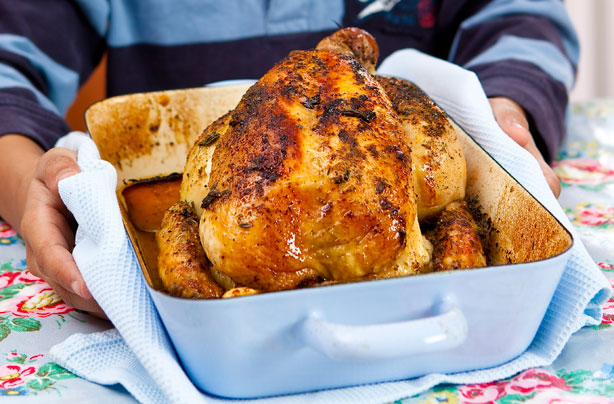
Chicken is only allowed to be reheated once and should be consumed straight away. It can be reheated in a microwave, fried or even in an oven. Once you've cooked the chicken, leave to cool and then pop into the fridge straight away to stop bacteria from forming. Make sure the chicken is piping hot the whole way through before serving.
A tip would be to cut the chicken into pieces so you can make sure it's reheated thoroughly instead of reheating a breast or thigh in one go.
You should always make sure chicken is cooked thoroughly, all the way through the middle before serving.
How to reheat eggs
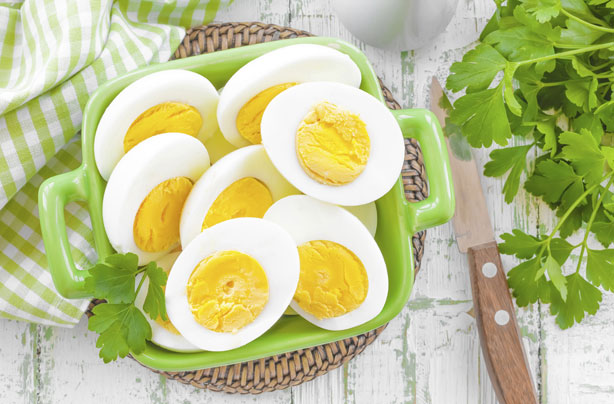
Most eggs should be served as soon as they've been cooked - omelettes, scrambled and poached in particular. Hard boiled eggs can be cooled at room temperature and eaten cold, or be placed in the fridge to eat later.
If eggs are part of a dish such as a quiche make sure they're reheated to 75C before eating - this is best achieved in the oven instead of the microwave to stop the quiche from sweating and going soggy.
Takeaway food
How to reheat Chinese food
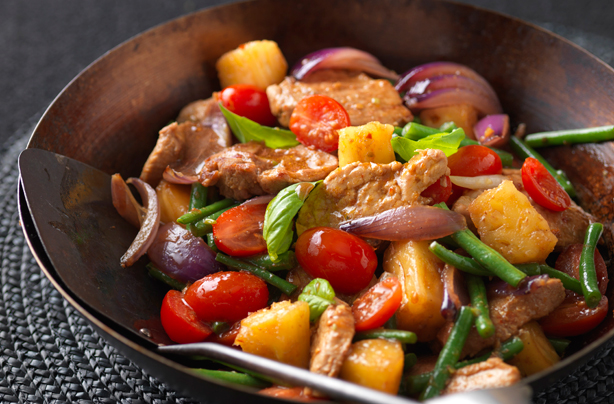
Make sure the takeaway is cooled and placed in the fridge as soon as possible. Don't leave it too long to reheat again - one or two days is the maximum. When you do reheat in the microwave make sure it's for around thee minutes or until it's thoroughly cooked through.
Allow to cool for a couple of minutes, stir thoroughly to make sure the heat has spread through the whole dish and then eat.
How to reheat burgers
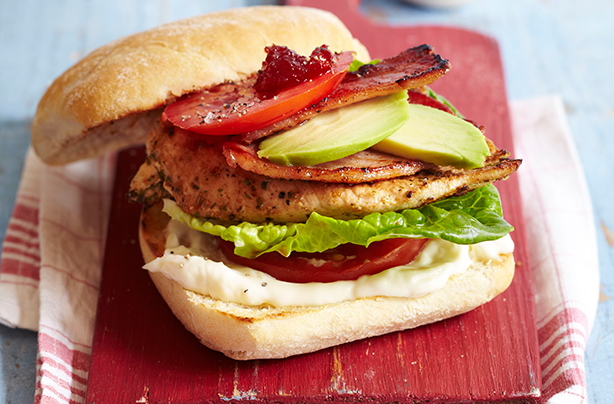
This can end up being a messy one to reheat. You don't want to reheat the bun along with the burger as they don't need as long. Take the burger out of the bun and reheat the burger on its own for around three minutes or until it's piping hot all the way through. Reheat the buns separately for about 30 seconds in the microwave, or pop under the grill in the oven for around one minute for a crisp finish.
A little warning though - reheating a burger makes it slightly soggy, so it's best to eat this one straight away!
How to reheat pizza
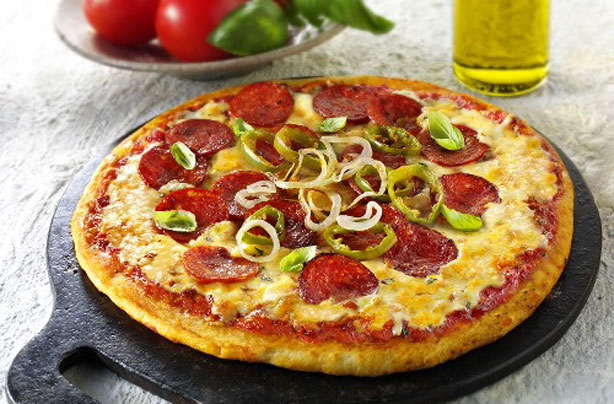
Day old pizza can be tempting to eat, but if it's heated up in the microwave then it comes out dry, with the crust becoming very chewy. Try heating it up in a frying pan - place a knob of butter and heat up for a few minutes, or until it's warm. Or, if you're feeling adventurous, place it on a barbecue, over some foil, to warm it up in around five minutes.

Jessica Dady is Food Editor at GoodtoKnow and has over 12 years of experience as a digital editor, specialising in all things food, recipes, and SEO. From the must-buy seasonal food hampers and advent calendars for Christmas to the family-friendly air fryers that’ll make dinner time a breeze, Jessica loves trying and testing various food products to find the best of the best for the busy parents among us. Over the years of working with GoodtoKnow, Jessica has had the privilege of working alongside Future’s Test Kitchen to create exclusive videos - as well as writing, testing, and shooting her own recipes. When she’s not embracing the great outdoors with her family at the weekends, Jessica enjoys baking up a storm in the kitchen with her favourite bakes being chocolate chip cookies, cupcakes, and a tray of gooey chocolate brownies.
-
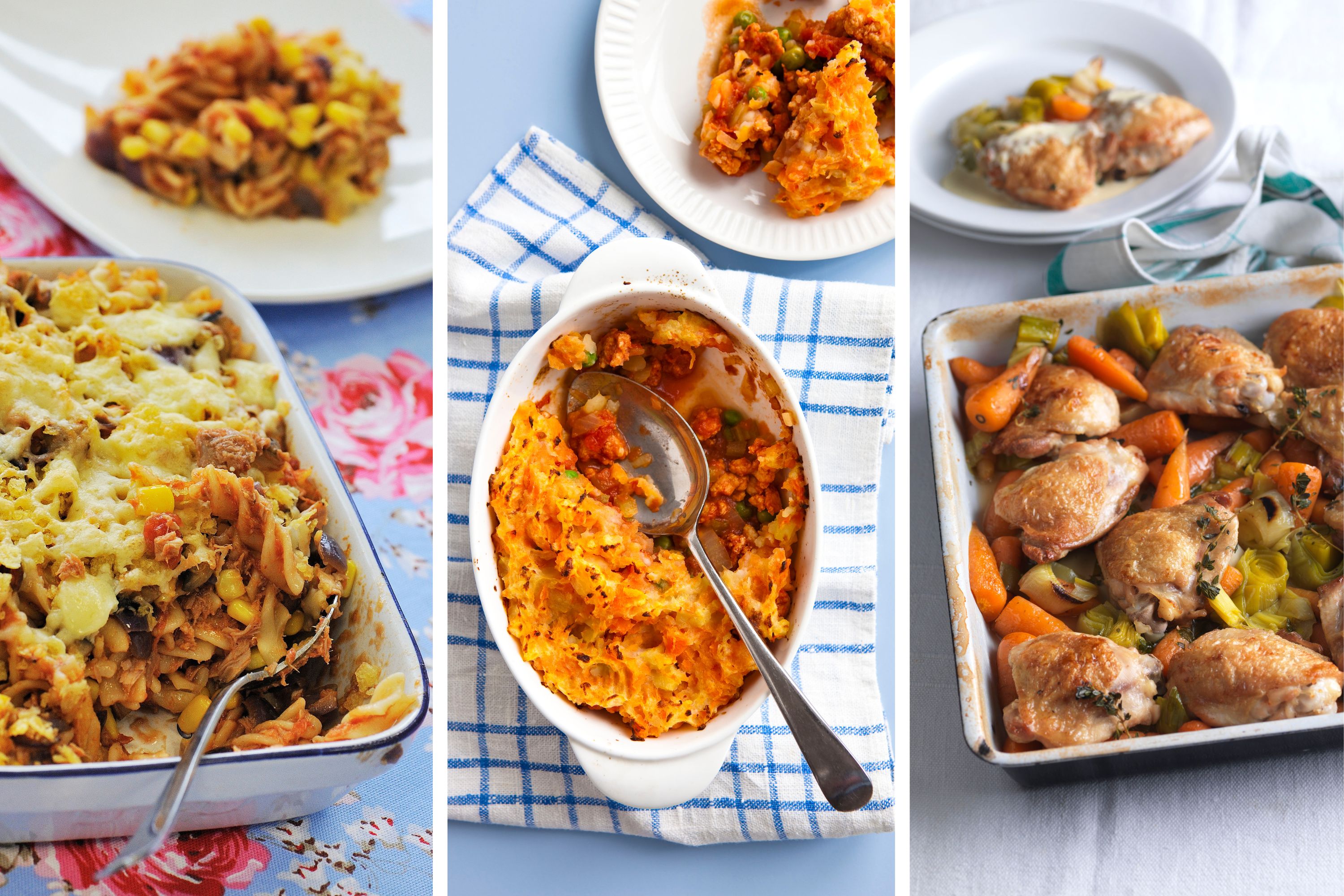 Cheap family meals: 25 budget dinners every parent needs to know about (and they're all under £2 a head)
Cheap family meals: 25 budget dinners every parent needs to know about (and they're all under £2 a head)Casserole, pasta bakes, and more; save money with these cheap family meals - perfect for those on a budget...
By Octavia Lillywhite Last updated
-
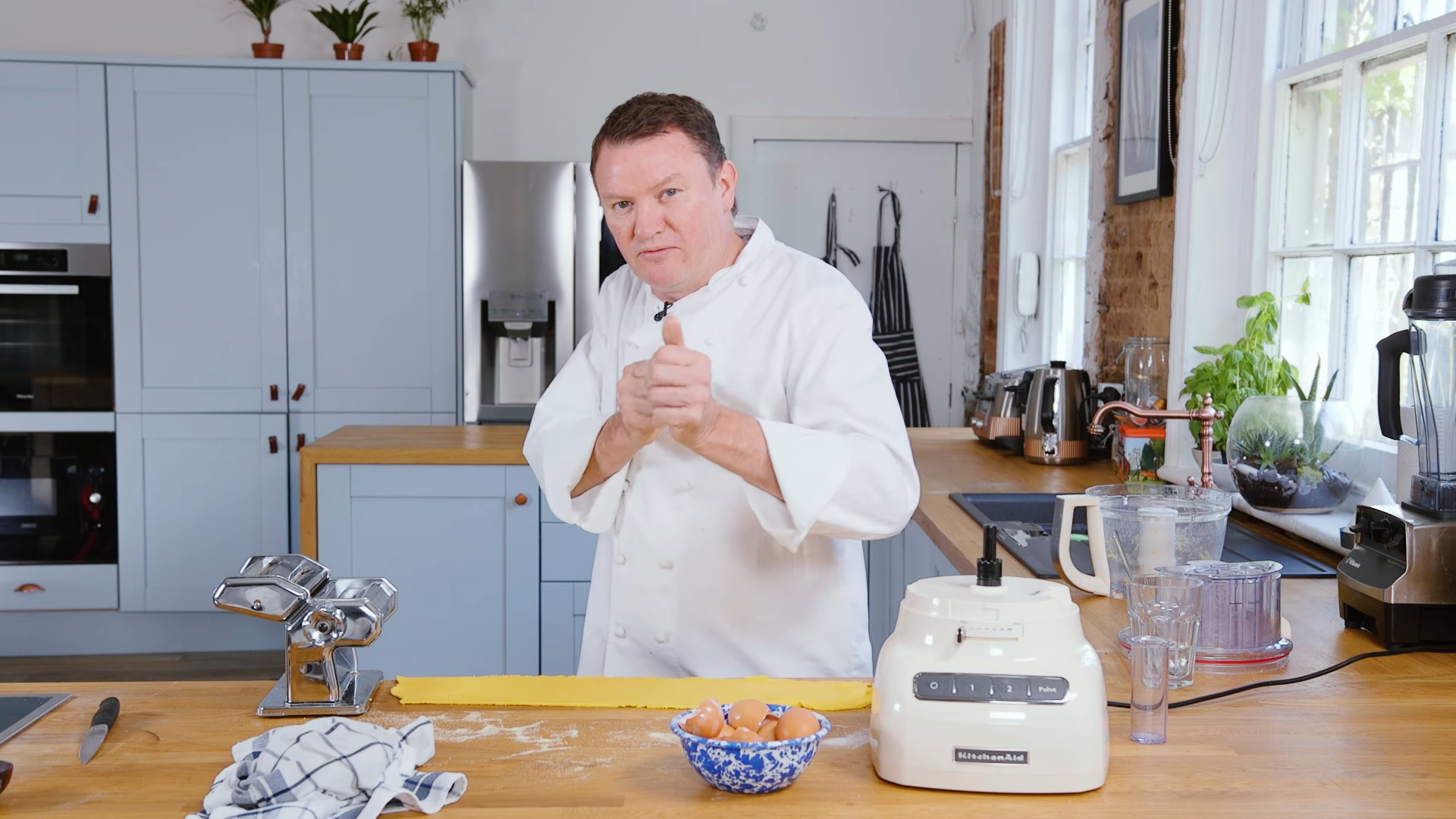 How to make fresh pasta with Theo Randall
How to make fresh pasta with Theo RandallLearn how to make homemade pasta using celebrity chef Theo Randall's signature recipe...
By Keiron George Published
-
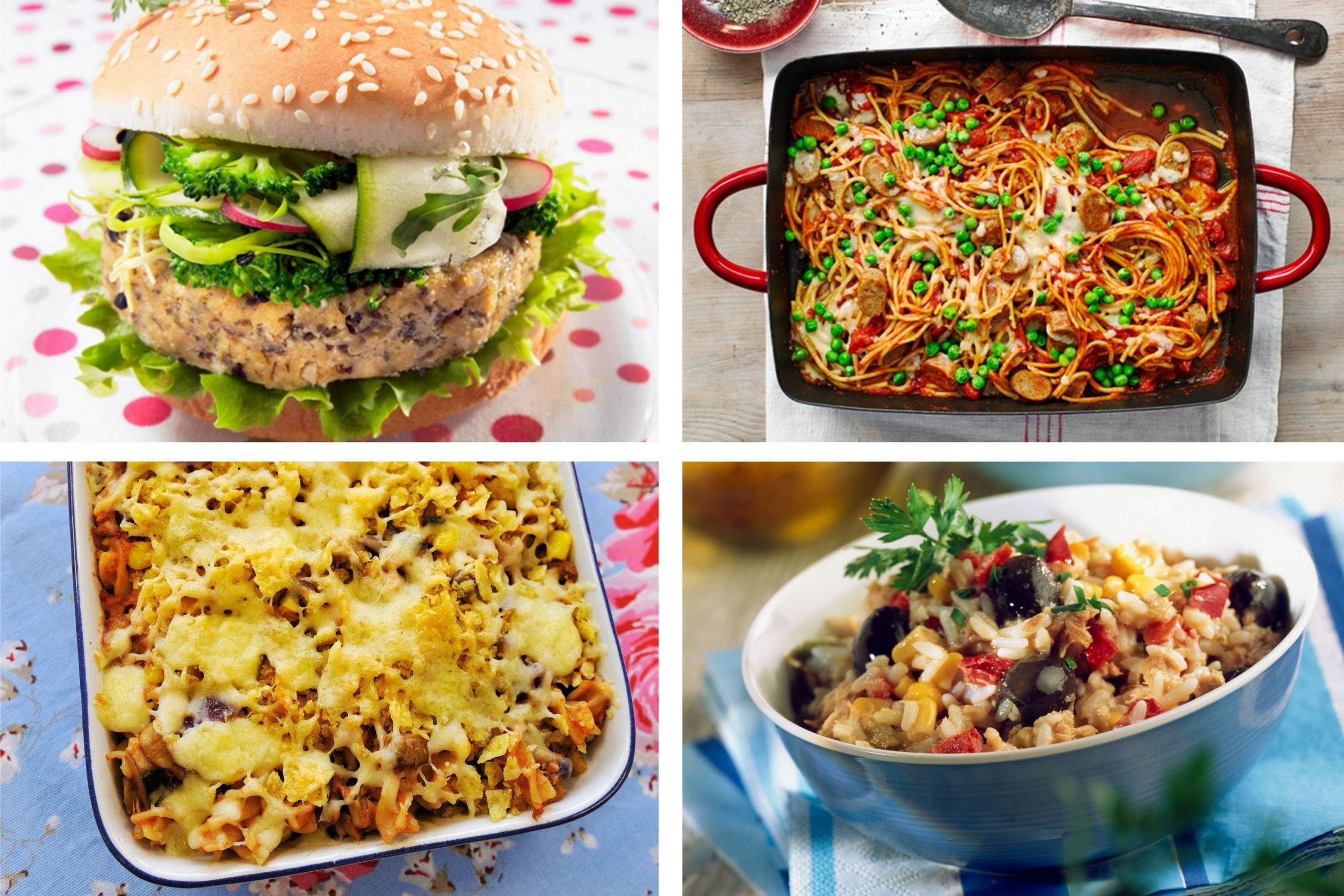 22 money-saving store cupboard meals using tinned or packet ingredients
22 money-saving store cupboard meals using tinned or packet ingredientsMoney-saving recipe ideas using ingredients from your kitchen cupboard - quick, easy and cheap
By Lara Kilner Last updated
-
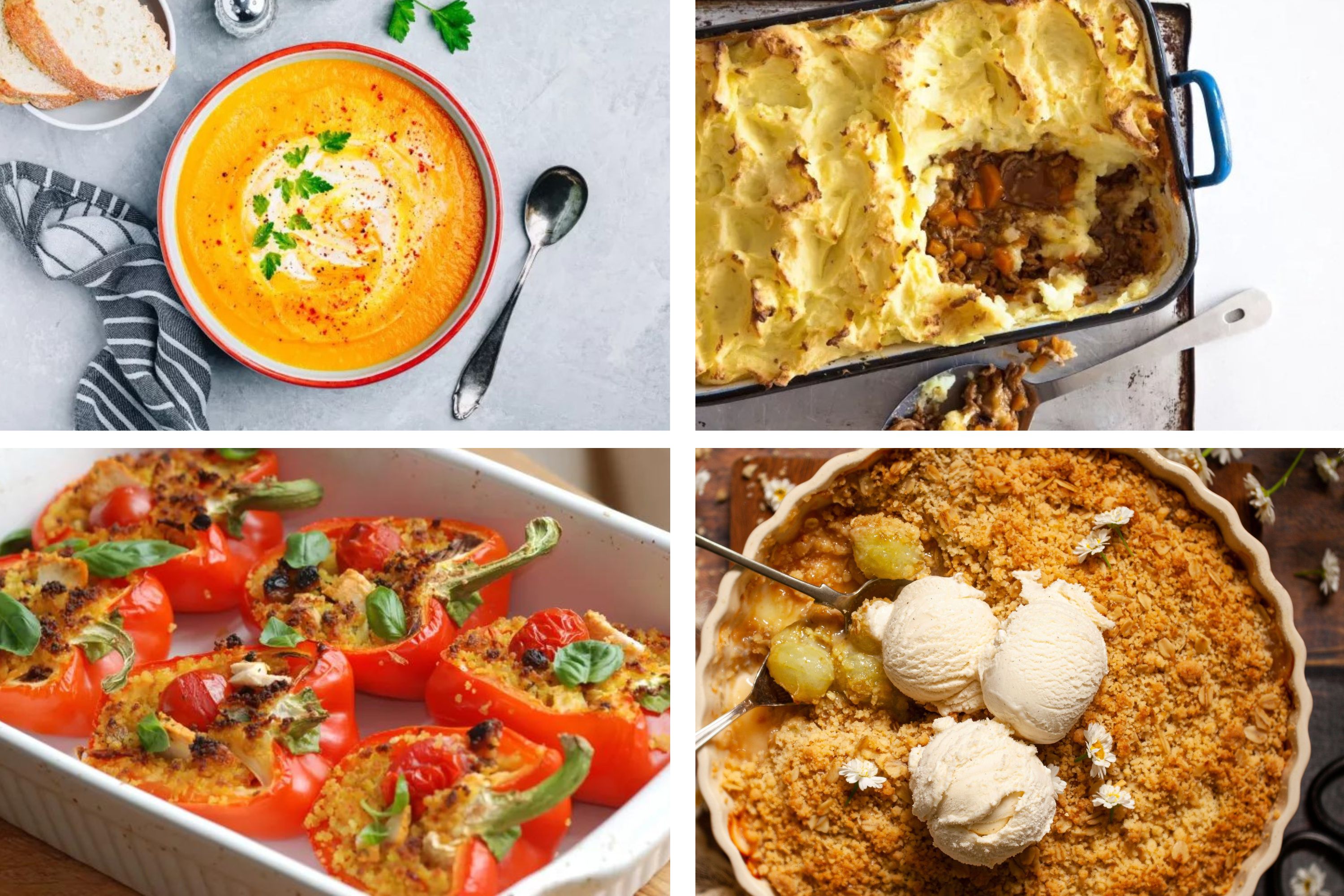 Freezer meals: Money-saving recipes to make in bulk
Freezer meals: Money-saving recipes to make in bulkSave time and money with these family-friendly freezer meals - just perfect for bulk cooking...
By Lara Kilner Last updated
-
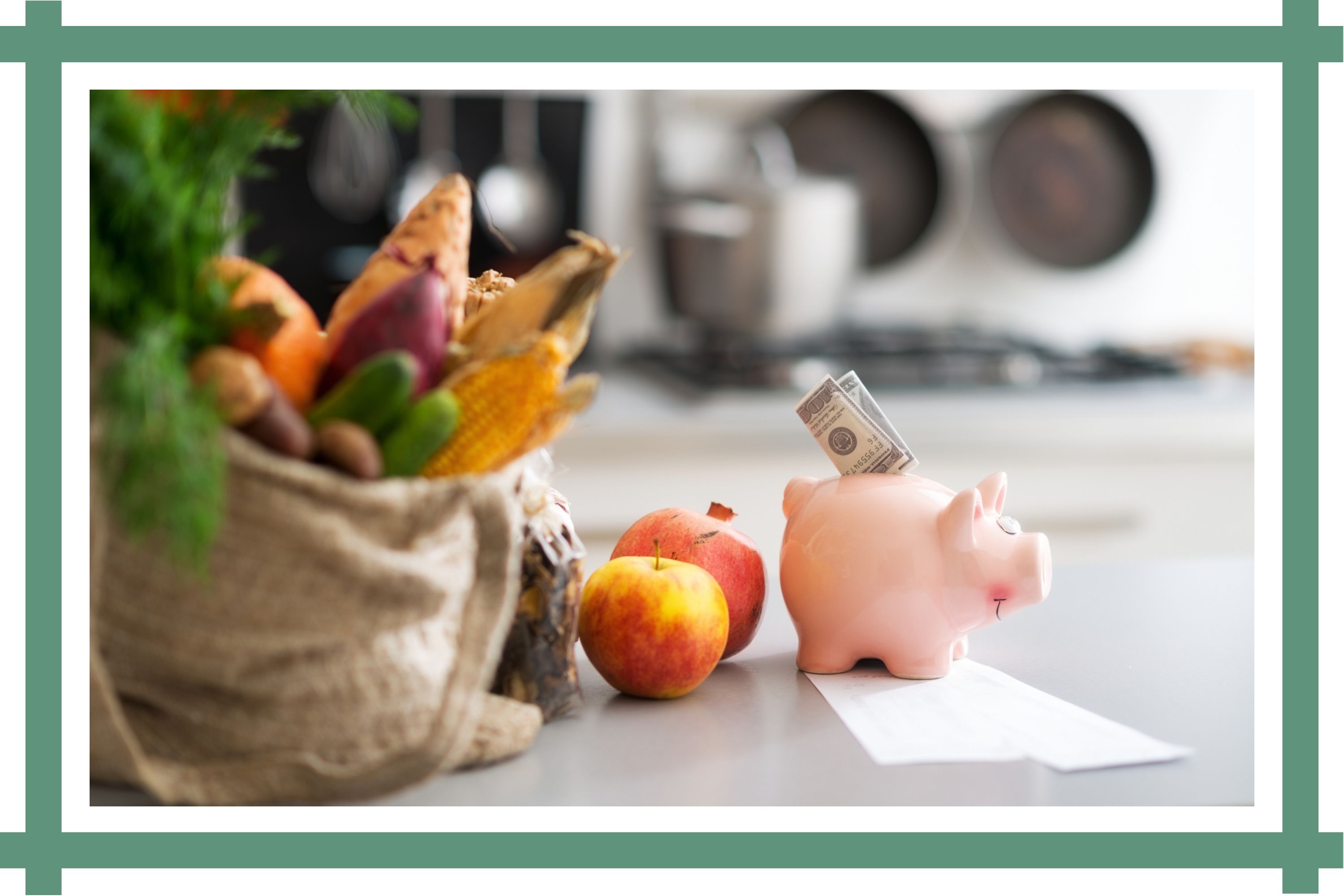 Food hacks: 23 clever tips and tricks to save money
Food hacks: 23 clever tips and tricks to save moneyMake the most out of your food shop with these nifty food hacks, tips, and tricks. From peeling ginger so there's no waste, to using leftovers...
By Lara Kilner Last updated
-
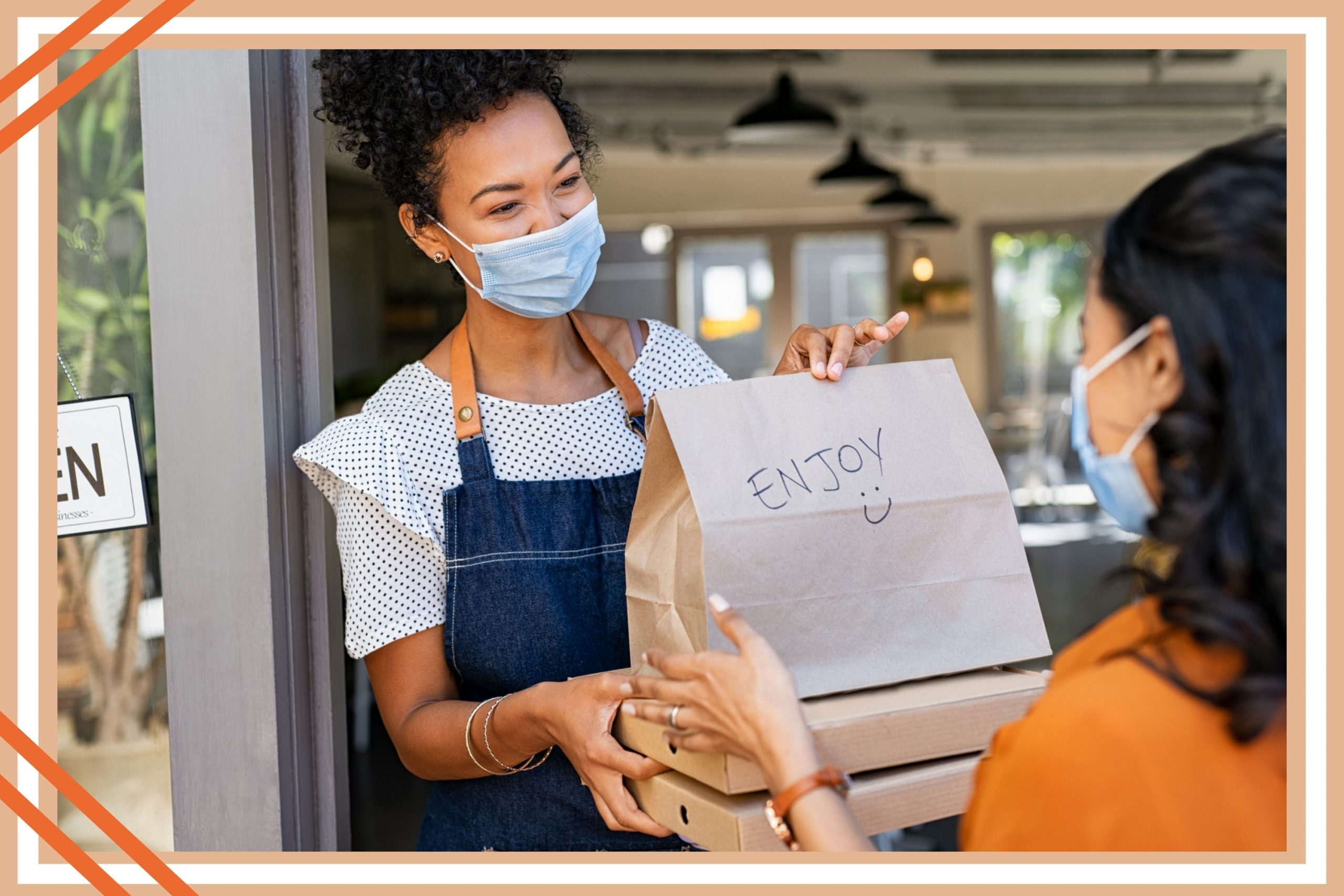 Cheap takeaways: 9 ways to save money on takeaway food
Cheap takeaways: 9 ways to save money on takeaway foodBy Lara Kilner Last updated
-
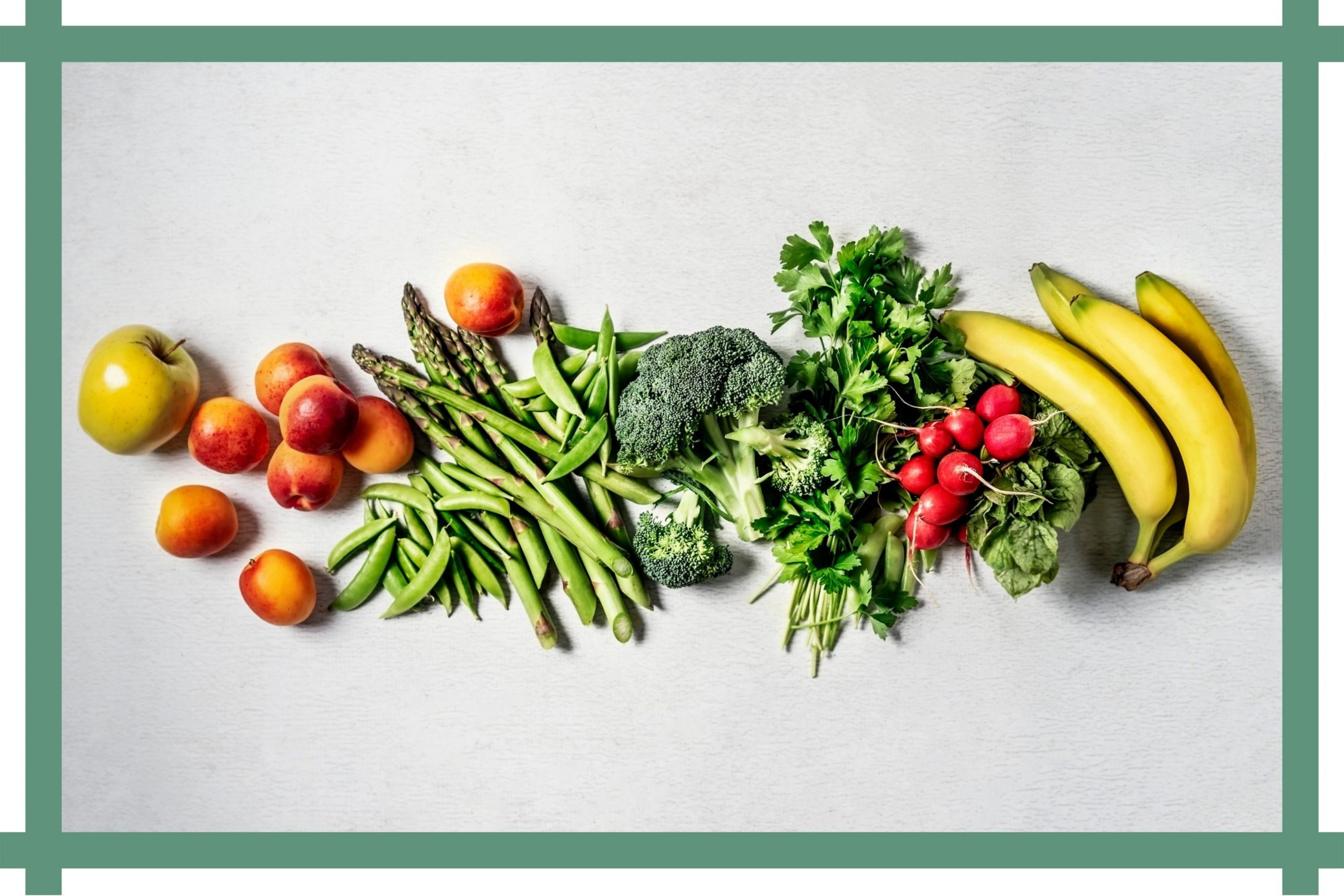 How to keep fruit and vegetables fresher for longer
How to keep fruit and vegetables fresher for longerBy Lara Kilner Published
-
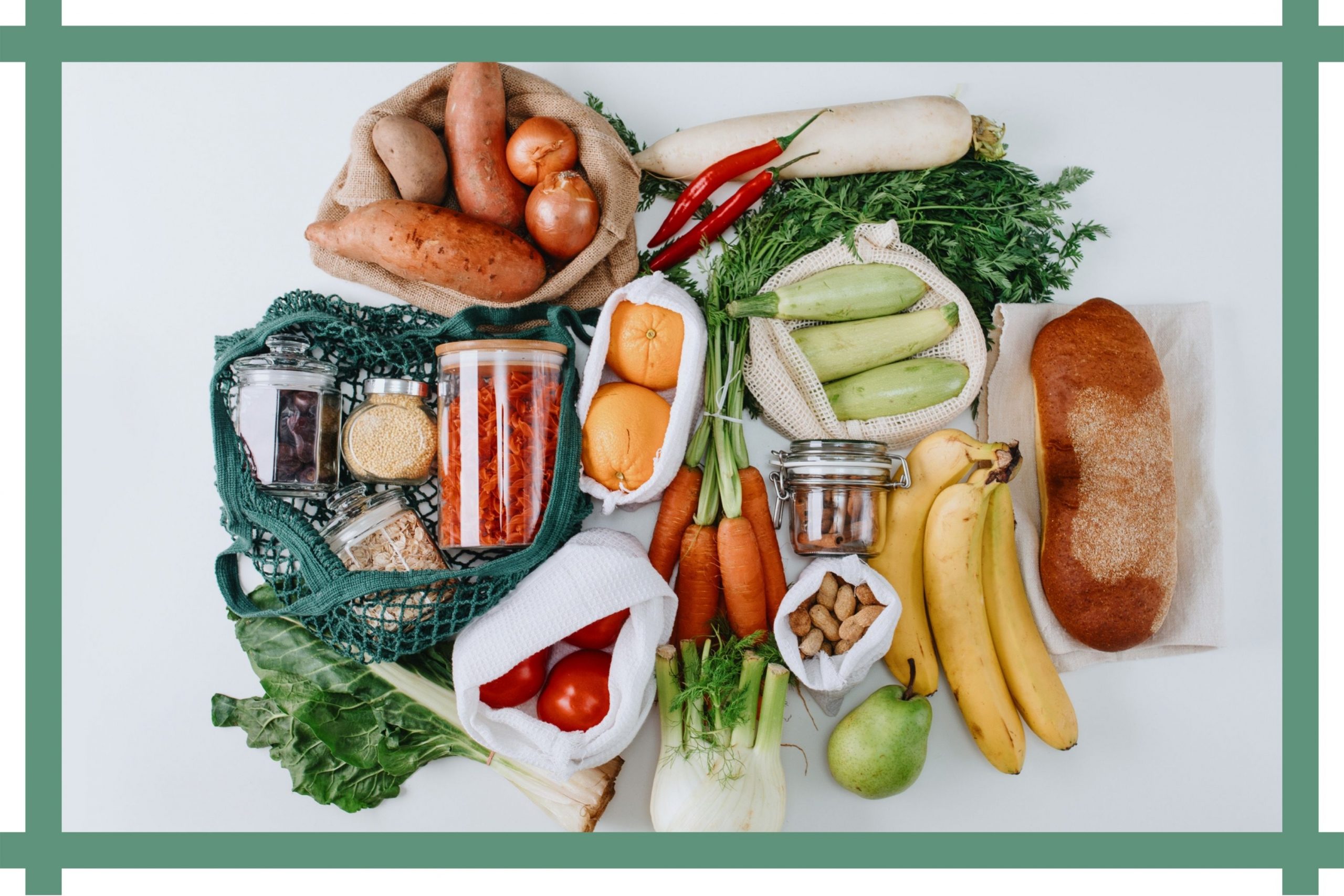 How to reduce food waste: 17 efficient ways to save money
How to reduce food waste: 17 efficient ways to save moneyBy Lara Kilner Published